It’s one of the most common questions we hear: “Are charter schools private?” The short answer is no. Charter schools are public schools.




It’s one of the most common questions we hear: “Are charter schools private?” The short answer is no. Charter schools are public schools. They are free, open to all, and funded by taxpayer dollars—just like traditional district schools. But because there’s still a lot of confusion, let’s break down where the mix-ups come from and what really makes charters different.
Here’s where the confusion usually starts: charter schools often feel different from the big neighborhood district school. They might have a special focus (like STEM, the arts, or dual language), or they might be smaller and more flexible. That uniqueness can make them look like private schools, which are also designed around a particular model.
But that’s where the similarities end.
Take KIPP Indy, a public charter school on the east side of Indianapolis. KIPP doesn’t charge families a dime, and any student in Indiana can apply. It’s overseen by a nonprofit board of community members and held accountable by the Mayor’s Office of Education Innovation. Compare that to a nearby private Catholic school: families pay tuition, admissions are selective, and oversight comes from the diocese rather than the state. Both are schools. Both serve kids. But one is part of the public system, the other is private.
The label “private” often makes people think charter schools are exclusive or only serve certain families. The opposite is true. Charter schools were created to expand access to quality public education—especially for families who might otherwise have had only one school option.
So next time someone asks if a charter school is a private school, the answer is simple: Charters are public schools. Always have been. Always will be.